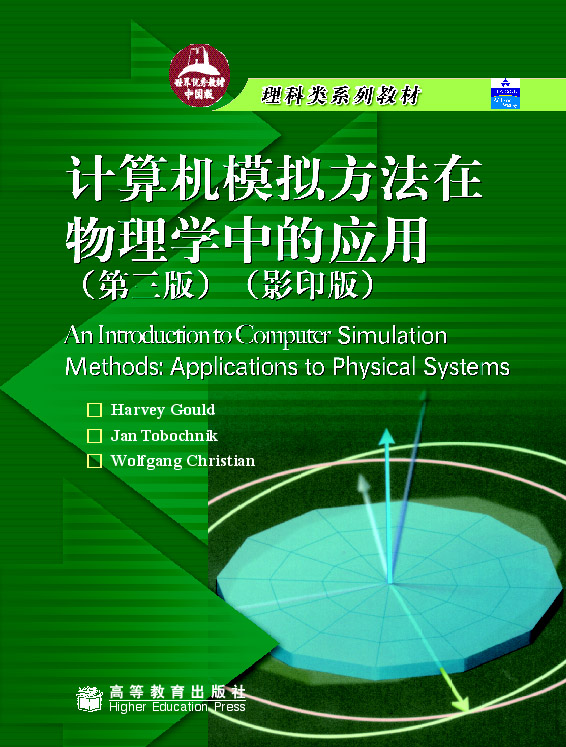复杂网络控制技术(影印版)
作者: Sean Meyn
出版时间:2009-07
出版社:高等教育出版社
- 高等教育出版社
- 9787040254815
- 1版
- 190376
- 48266923-1
- 平装
- 16开
- 2009-07
- 750
- 562
- 工学
- 电子信息类
- TP273
- 信息、电子、计算机类
- 研究生及以上
电力网络、柔性制造、移动通信等等互连都形成了复杂网络。本书着眼于复杂网络系统中的共性问题,综合了作者多年来在该方向深入、系统的研究成果,给出了建立网络模型所需要的工具和哲学思想,详细具体地把握了其动力学本质,同时简明地揭示了有效控制的解决方案及其分析。本书内容分为三个部分:第一部分为建模与控制,第二部分为负荷调度,第三部分为稳定性及性能分析。
本书内容循序渐进,每章均附有习题并提供习题解答。基础章节部分要求读者具有随机过程和线性代数知识,适用于信息类、电子类等专业高年级本科生,高级部分则适用于研究生、研究人员和从业者。
Front Matter
1 Introduction
1.1 Networks in practice
1.2 Mathematical models
1.3 What do you need to know to read this book?
1.4 Notes
Part I: Modeling and Control
2 Examples
2.1 Modeling the single server queue
2.2 Klimov model
2.3 Capacity and queueing in communication systems
2.4 Multiple-access communication
2.5 Processor sharing model
2.6 Inventory model
2.7 Power transmission network
2.8 Optimization in a simple re-entrant line
2.9 Contention for resources and instability
2.10 Routing model
2.11 Braess' paradox
2.12 Notes
3 The Single Server Queue
3.1 Representations
3.2 Approximations
3.3 Stability
3.4 Invariance equations
3.5 Big queues
3.6 Model selection
3.7 Notes
Exercises
4 Scheduling
4.1 Controlled random-walk model
4.2 Fluid model
4.3 Control techniques for the fluid model
4.4 Comparing fluid and stochastic models
4.5 Structure of optimal policies
4.6 Safety-stocks
4.7 Discrete review
4.8 MaxWeight and MinDrift
4.9 Perturbed value function
4.10 Notes
Exercises
Part II: Workload
5 Workload and Scheduling
5.1 Single server queue
5.2 Workload for the CRW scheduling model
5.3 Relaxations for the fluid model
5.4 Stochastic workload models
5.5 Pathwise optimality and workload
5.6 Hedging in networks
5.7 Notes
Exercises
6 Routing and Resource Pooling
6.1 Workload in general models
6.2 Resource pooling
6.3 Routing and workload
6.4 MaxWeight for routing and scheduling
6.5 Simultaneous resource possession
6.6 Workload relaxations
6.7 Relaxations and policy synthesis for stochastic models
6.8 Notes
Exercises
7 Demand
7.1 Network models
7.2 Transients
7.3 Workload relaxations
7.4 Hedging in a simple inventory model
7.5 Hedging in networks
7.6 Summary of steady-state control techniques
7.7 Notes
Exercises
Part III: Stability and Performance
8 Foster—Lyapunov Techniques
8.1 Lyapunov functions
8.2 Lyapunov functions for networks
8.3 Discrete review
8.4 MaxWeight
8.5 MaxWeight and the average-cost optimality equation
8.6 Linear programs for performance bounds
8.7 Brownian workload model
8.8 Notes
Exercises
9 Optimization
9.1 Reachability and decomposibility
9.2 Linear programming formulations
9.3 Multiobjective optimization
9.4 Optimality equations
9.5 Algorithms
9.6 Optimization in networks
9.7 One-dimensional inventory model
9.8 Hedging and workload
9.9 Notes
Exercises
10 ODE Methods
10.1 Examples
10.2 Mathematical preliminaries
10.3 Fluid limit model
10.4 Fluid-scale stability
10.5 Safety stocks and trajectory tracking
10.6 Fluid-scale asymptotic optimality
10.7 Brownian workload model
10.8 Notes
Exercises
11 Simulation and Learning
11.1 Deciding when to stop
11.2 Asymptotic theory for Markov models
11.3 The single-server queue
11.4 Control variates and shadow functions
11.5 Estimating a value function
11.6 Notes
Exercises
Appendix Markov Models
Bibliography









